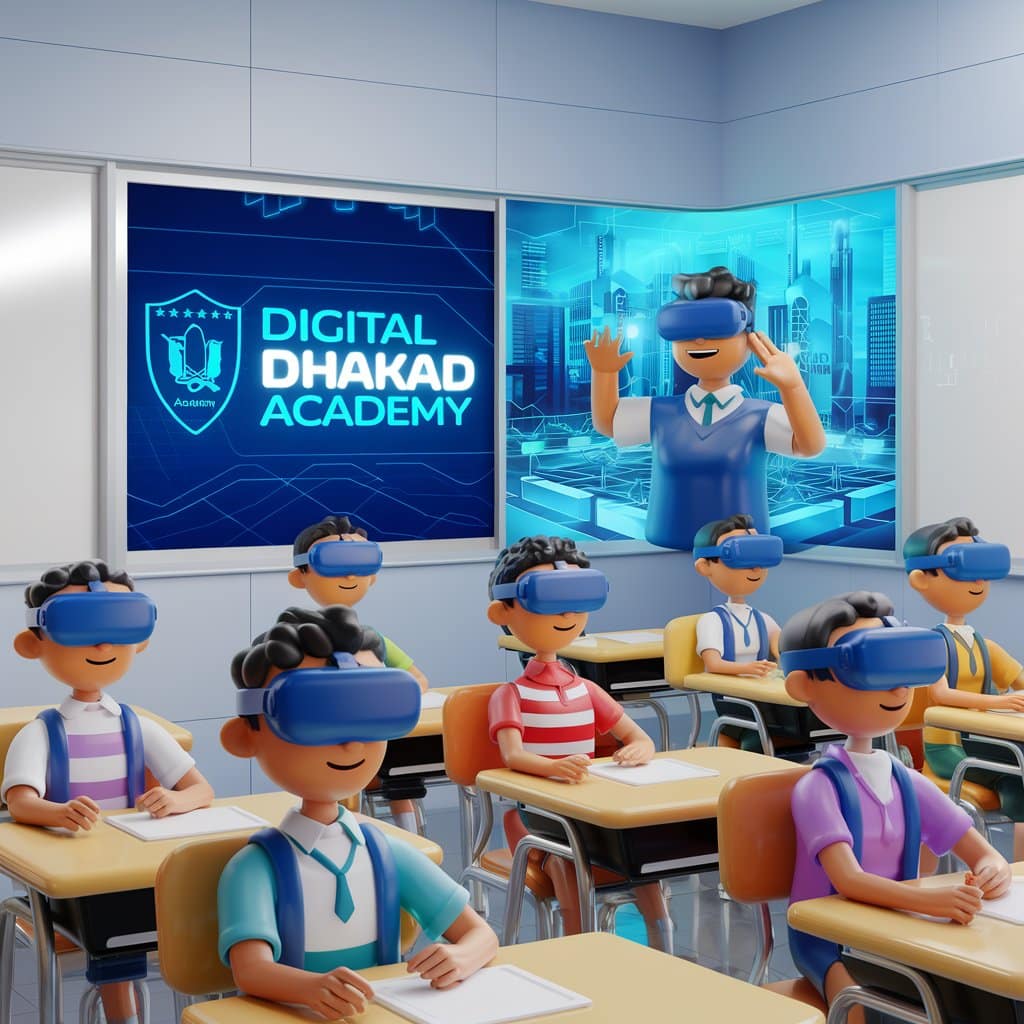A Personal Journey into AI in Education
As an educator with over a decade of experience, I’ve witnessed how technology has continuously reshaped the learning landscape. However, nothing compares to the profound shift that artificial intelligence (AI) is bringing to education. I remember the first time I introduced an AI-powered tool to my students. It was a simple writing assistant that provided grammar corrections and style suggestions. The immediate improvement in their essays was astonishing, but even more striking was their newfound confidence in writing. That experience sparked my journey into exploring AI’s potential to revolutionize education.

The Current State of AI in Education
AI in education is no longer a futuristic concept; it’s happening now. According to a report by Research and Markets, the global AI in education market is expected to grow from $3.68 billion in 2023 to $20.37 billion by 2030, at a CAGR of 28.5%. This growth is driven by the increasing demand for personalized learning experiences, efficient administrative tools, and adaptive assessments.
Key Benefits of AI in the Classroom
- Personalized Learning: AI enables educators to cater to individual student needs. Tools like adaptive learning platforms can analyze a student’s performance and customize content accordingly, ensuring no one is left behind.
- Efficient Grading and Feedback: Automated grading systems save teachers countless hours, allowing them to focus more on instructional strategies.
- Enhanced Accessibility: AI tools such as text-to-speech and speech-to-text make learning more inclusive for students with disabilities.
- Global Connectivity: Language translation tools powered by AI enable students and teachers to communicate across linguistic barriers, fostering global collaboration.
Expert Opinions on AI in Education
Dr. Sarah Johnson, an EdTech consultant, emphasizes, “AI is not here to replace teachers but to amplify their impact. The right tools can transform how educators engage with students, making learning more dynamic and responsive.”
Similarly, John Miller, a principal at a leading school, notes, “AI has given us the ability to track student progress in real time, allowing for timely interventions and better outcomes.”
Actionable Insights for Integrating AI Tools in Classrooms
- Start Small: Begin with one AI tool, such as a learning management system or a grading assistant, to understand its impact before scaling up.
- Provide Teacher Training: Ensure educators are equipped with the skills to use AI tools effectively. Workshops and online courses can be invaluable.
- Focus on Data Privacy: Choose tools that comply with data protection regulations to safeguard student information.
- Encourage Collaboration: Use AI to facilitate group projects and peer learning, enhancing social skills alongside academic ones.
Key Challenges and How to Overcome Them
While the potential of AI in education is immense, it’s not without challenges. Some of the common concerns include:
- Cost of Implementation: To address this, schools can explore grants and government funding for EdTech initiatives.
- Teacher Resistance: Providing clear evidence of AI’s benefits and offering hands-on training can help overcome skepticism.
- Digital Divide: Ensuring equal access to AI tools is crucial to avoid widening the educational gap.
The Road Ahead
The future of AI in education is undoubtedly exciting. From intelligent tutoring systems to virtual reality-powered simulations, the possibilities are endless. As educators, it’s our responsibility to embrace these tools thoughtfully, ensuring they complement rather than replace traditional teaching methods.
Final Thoughts
Integrating AI into education is not just about adopting new tools; it’s about reimagining the way we teach and learn. My journey with AI has shown me its transformative power, not only in improving academic outcomes but also in building students’ confidence and curiosity. As we stand on the brink of this new era, let’s approach it with an open mind and a commitment to lifelong learning.
Ready to Transform Your Classroom?
If you’re eager to explore AI in education, start by identifying one area where it can make the most significant impact. The future is here—let’s embrace it together.
Our next blog on Contention creation Techniques